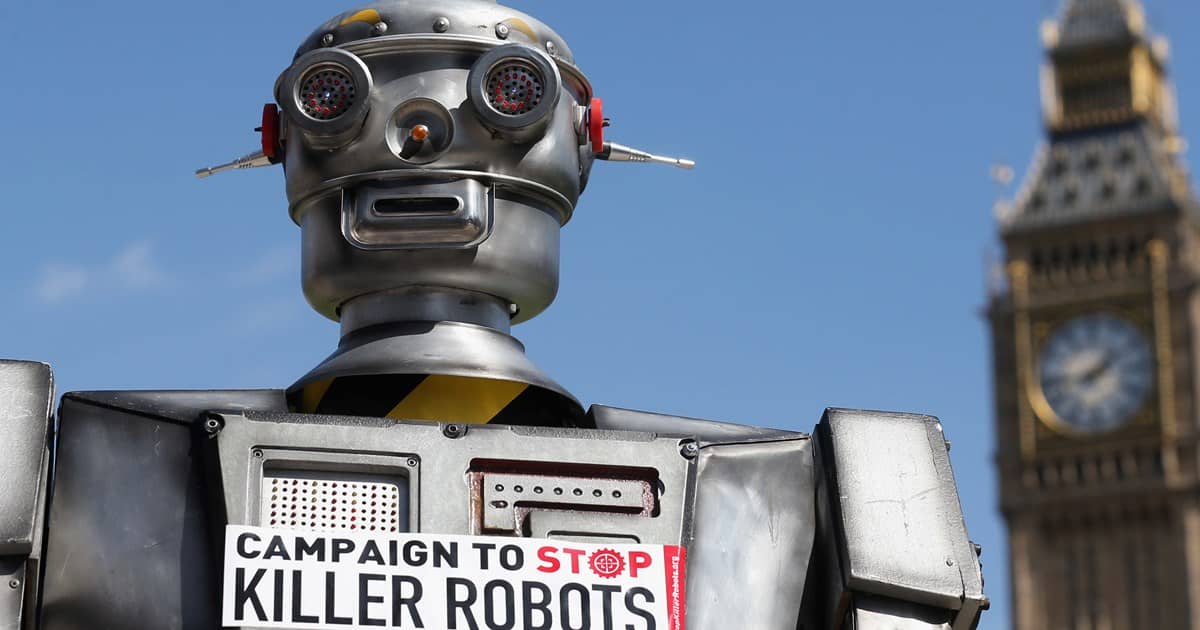The purpose of collaborative robots is to work alongside humans to create things. There are numerous benefits associated with the use of collaborative robots, otherwise referred to as cobots. Even as collaborative robots become common in different industries, most people do not still fully understand how these robots work.
Here are collaborative features for robots that will make it easier for you to understand exactly how collaborative robots work.
Safety monitored stop feature
This is a type of collaborative feature for robots mostly used when a robot is needed to work on its own with the occasional involvement of a human. This is commonly used in industries where some operations must be done on some parts while they are still in the robot’s space. For instance, there are some parts that require a secondary operation which needs to be done by a human while the part is still being worked on by the robot.
When the human operator gains access to the robot’s space, the robot stops all movement. This kind of collaborative feature is only ideal for industries where there is minimal human interference with the robot’s functions. Otherwise, a lot of time is wasted every time the robot stops.
Hand guiding feature
This is a type of collaborative feature for robots mostly used for path teaching or robotic hand guiding. This type of application is very effective for industries looking to teach paths for pick and place operations.
It is important to note that this application can be used with standard industrial robots fixed with an extra device that sense the forces applied to the robotic tools. It is only possible for this robot to work alongside human when the force sensor is installed. Otherwise, safety measures need to be applied.
Speed and separation monitoring feature
With this type of collaborative feature, the robot’s environment is monitored using vision or laser systems which track the position of humans when working in the same space. The robot works within the safety zone it is designed to work in. If it senses human interaction, it will operate at a designated speed which is slower. It will come to a complete halt when a human gets too close to it.
The difference between a speed and separation monitoring feature and the safety monitored stop feature is the sensors used and also the time they come to a halt when there is human interaction. For the safety monitored stop, the robot completely comes to a halt and will only resume operation when the human gives it a signal. On the other hand, the speed and separation monitoring feature allows the robot to continue operating at a slower speed until the human clears from the preset safety zone.
These safety zones are graded to make it possible for the robots to react differently depending on the position of human workers within the safety zones.
The power and force limiting feature
This is a type of feature that makes a robot a completely collaborative one. This is the safest type of robot because it can safely operate alongside humans without the need for safety zones or additional safety features. This robot has the ability to sense abnormal forces along its path. It is designed to come to a stop whenever it senses force overloads on its path.
Cobots are also designed with the ability to dissipate forces should there be an impact on a wide surface. This is one of the reasons these robots are rounder in shape. Most collaborative robots are third-party certified for purposes of industrial safety for robot-human collaboration. Universal robots UR5 and UR10 are some of the most common types of collaborative robots.
Robots with these features are marketed as safe and are designed to be more responsive than the normal industrial robots. Some of these robots are created with an external surface with sensors which make them able to ‘feel’ their environment and cushion them in case of impacts.
Collaborative robots are easy to program and integrate. Without the need of creating safety zones, this makes the more affordable option in the long run.


